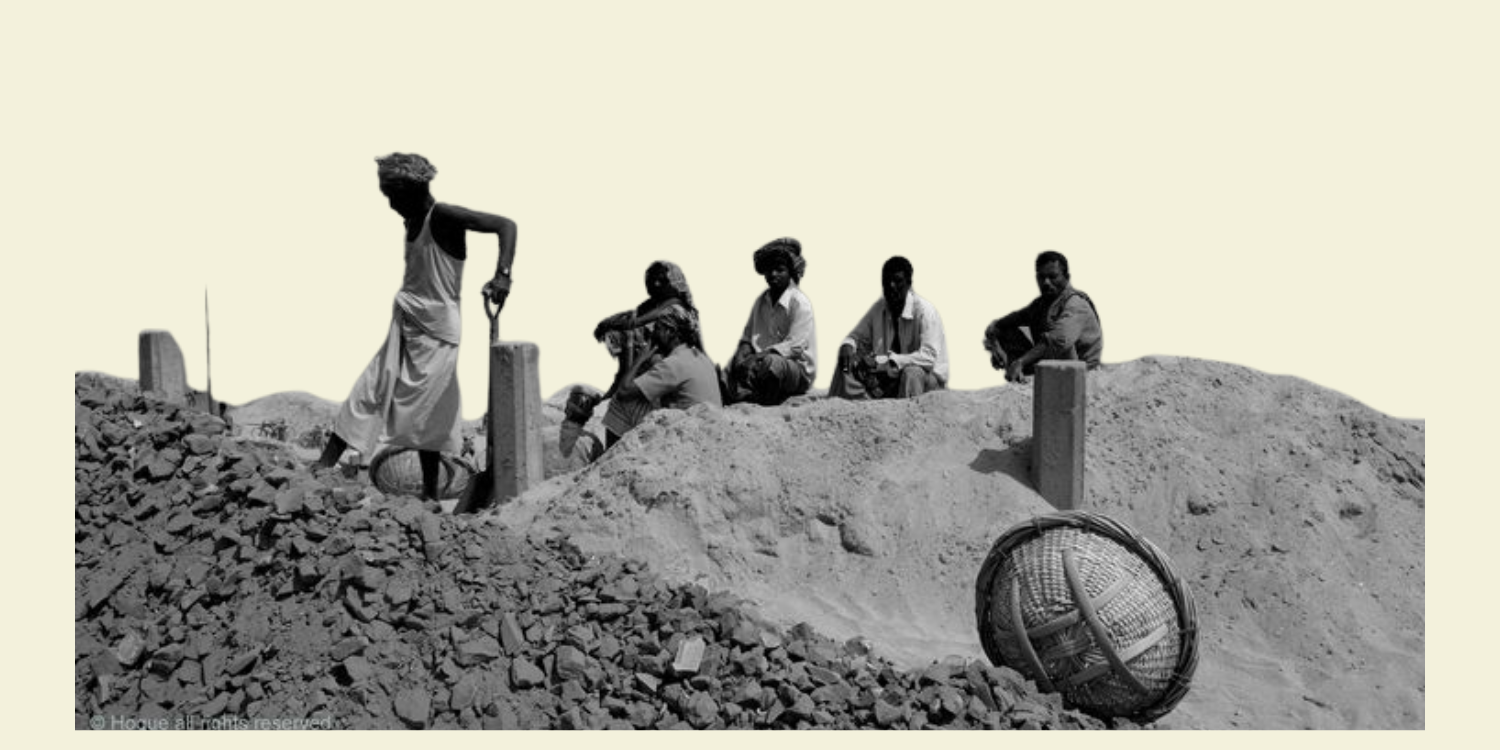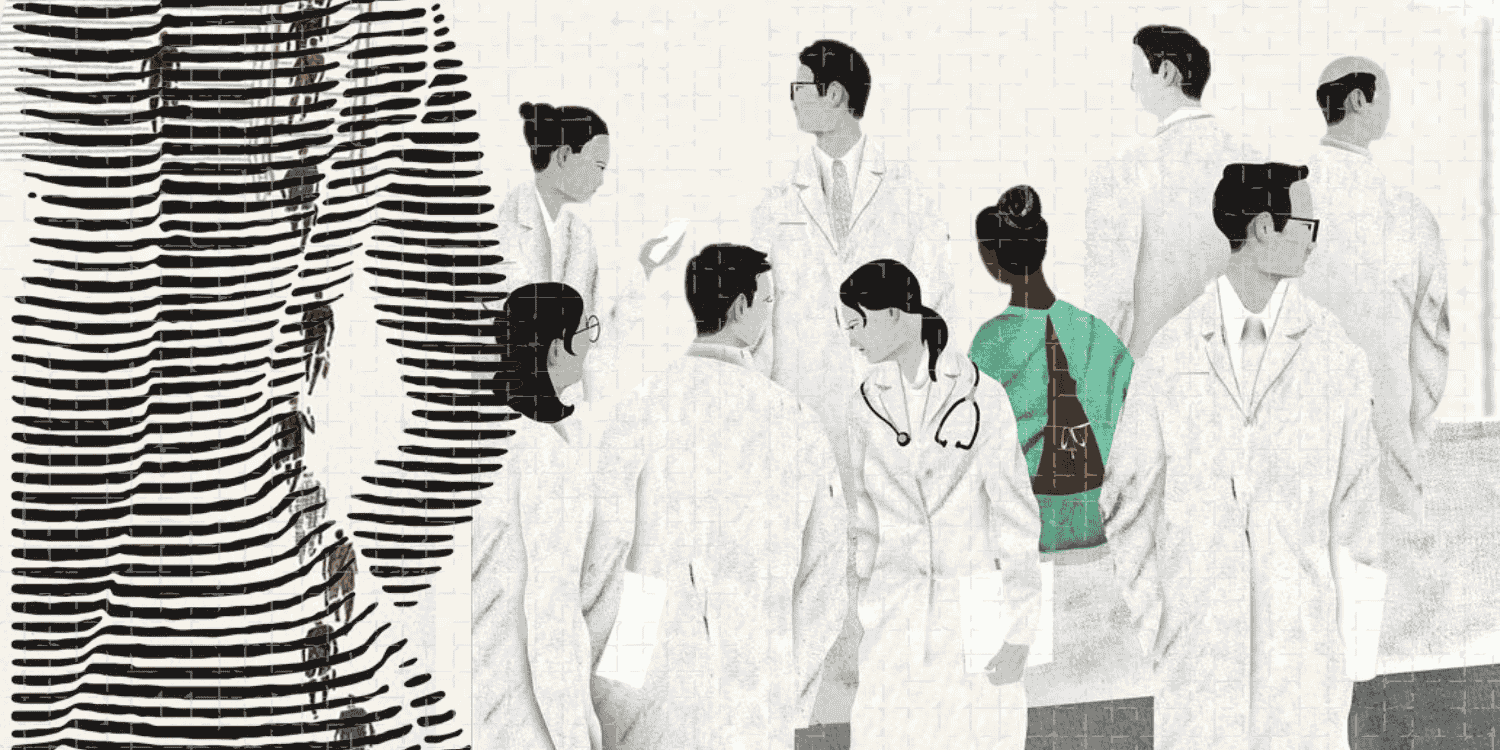ABSTRACT
In 2005, the Government of India declared that India had eliminated leprosy as a public health issue. However, according to the WHO, 1,25,000 new cases of leprosy continue to be reported in India every year, with 60% of the world’s total new leprosy cases being in India. This paper seeks to bring leprosy back into
the discourse around diseases and public health in India.
INTRODUCTION
In 2005, the Government of India declared that leprosy has been eliminated from the country (Anand 2019). According to the World Health Organisation (WHO), elimination of a disease as a public health concern entails a prevalence rate of less than one case in a population of 10,000, whereas eradication denotes zero new cases. In 2018, while the incidence of leprosy cases came down from 1 case per 10,000 population to 0.67 per 10,000, WHO reports 1,25,000 new cases of leprosy in India every year (National Leprosy Eradication Programme 2018). 60% of all new cases reported globally are from India. Leprosy, also referred to as Hansen’s disease, is among the oldest known diseases. Yet, its ‘aetiology, causation, means of transmission and curability’ remains misunderstood (Report 256 2015: ii). Leprosy is caused due to a chronic bacterial infection caused by Mycobacterium leprae, which attacks the skin and peripheral nerves. The early symptoms of leprosy include discoloration of the skin (pale and red skin patches) and numb patches, which if untreated can lead to severe deformities.
As opposed to popular belief, leprosy is not hereditary. Mycobacterium leprae is among the least contagious pathogens. It produces symptoms in less than 10% of the human population, primarily due to prolonged exposure to the bacteria, over a long incubation period. Leprosy is transmitted mainly through
the moisture expelled from the respiratory tract of an untreated leprosy patient. Leprosy, once diagnosed, can be easily cured by MDT (multidrug therapy). Moreover, a patient taking MDT most often becomes non-infectious within the first week of treatment (The Leprosy Mission Trust India n.d.).
Beyond its biomedical understanding, leprosy is imbued in a deep-rooted social stigma driven by myths surrounding curability (the idea that leprosy cannot be cured), cause (that leprosy is the result of a curse or bad karma), transmission (that leprosy is hereditary) and more importantly, the myth of eradication (that
leprosy is a disease of the past and stands completely eradicated). Thus, leprosy becomes an interesting vantage point to understand the public health discourse in India, which is shaped by the operational definitions of elimination and eradication.





